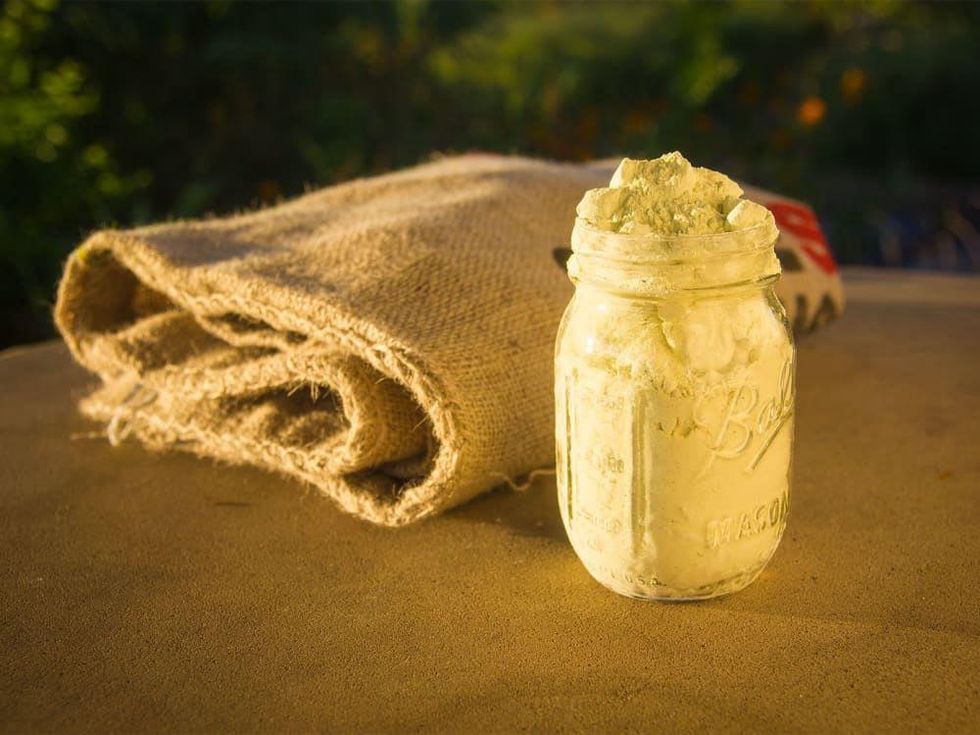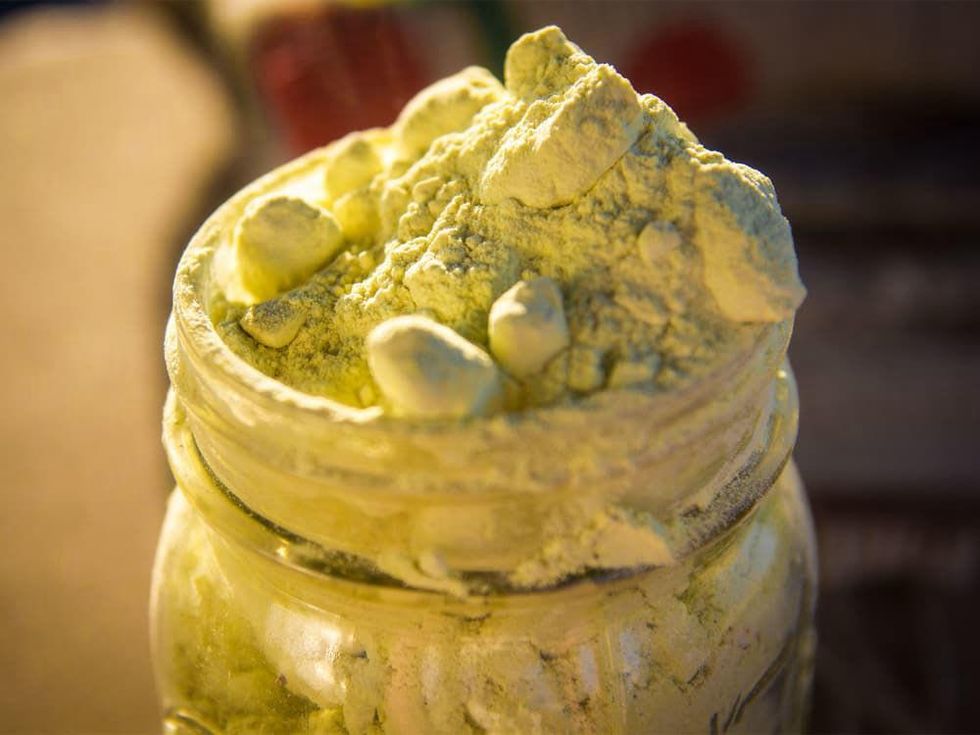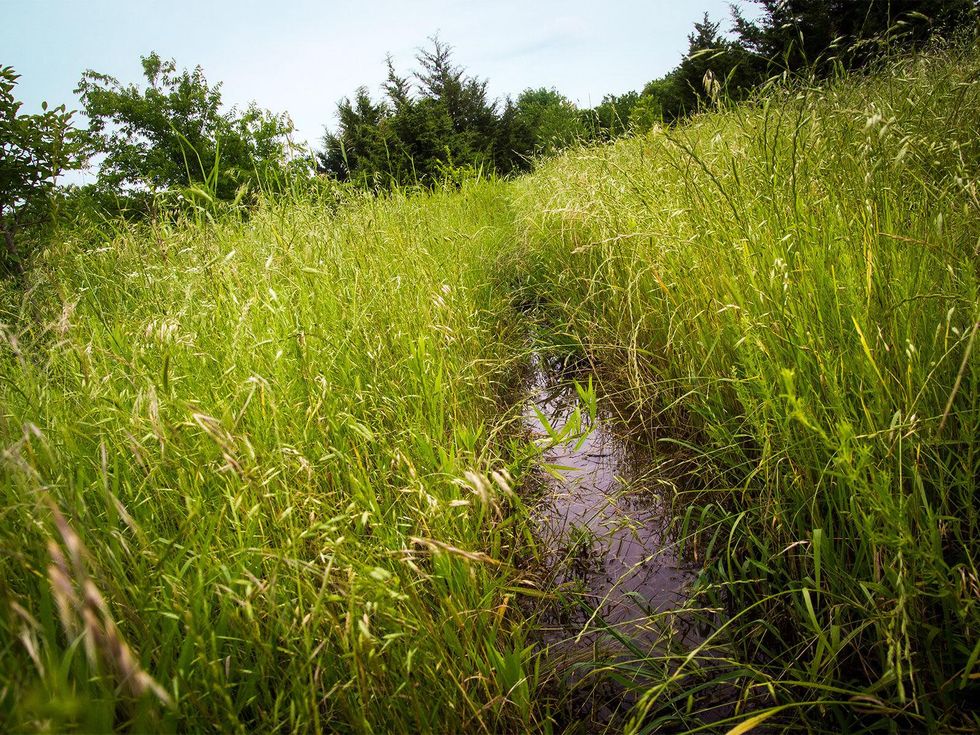The Farmer Diaries
Texas farmer gets the itch out by tackling stealthy grass-dwelling pest
Walking the long, weedy path to tend my field crops each day, I wind up with bites all over. I never see the bites happen, but the dime-sized welts that rise on my skin hours later are a sure giveaway: I've passed through a cluster of chiggers.
Their population exploded this year because the heavy rains this spring created conditions that make them thrive. Wherever the soil is moist and the air near the ground is humid, that's where they'll be.
Chiggers hang out in the grass and wait for something to latch onto. Once we brush by, they grab ahold and crawl around, sometimes for hours, in search of just the right patch of skin, soft enough to bite into.
They inject an enzyme that breaks down skin tissue and can feed on partially digested spots of skin for several days. The itchiness can continue for even longer. We never feel the chigger directly; it's the turning of our skin into a liquid that itches so fiercely that we can't help but scratch.
They're harmless and, unlike their relatives the ticks, they transmit no diseases. But the severe itchiness they cause is a misery I can do without.
Now that the soil has dried out, I can begin to take steps to mitigate the chigger outbreak. I use powdered sulfur, a cheap, simple solution I learned from my father, which has an added benefit: It improves the fertility of the soil without harming wildlife.
To treat a yard or field, you need a bag of powdered sulfur and a burlap sack. Sulfur is sold at garden centers for about $2 per pound. For an acre, I use about 15 pounds. I find burlap sacks at feed stores or coffee roasters. An old pillowcase with small holes punched into it could also be used, or an old towel.
After mowing the area to be treated, I pour the powdered sulfur into the burlap sack and drag it over the mowed grass. As the bag bumps around, the powdered sulfur shakes through its gauzy fabric, dusting the ground.
I drag the sack back and forth until I cover the whole area. My intention is not to turn the land yellow under a layer of sulfur. It takes a very small amount to do the trick. When I'm done, the blades of grass will have a light, invisible powdering of sulfur on them, and chiggers will no longer be a problem until the next rain.
Sulfur works on chiggers by disrupting their metabolism, so it's an effective miticide. To mammals and birds, sulfur is nontoxic. For plants, sulfur is one of the essential macronutrients, along with nitrogen, potassium and phosphorous, so treating for chiggers with elemental sulfur improves the fertility of the soil.
Sulfur is low in toxicity, but I try not to overdo it. It can harm bees, and possibly other pollinators and beneficial insects too. I apply it only to areas I want to be able to inhabit: the path to my field crops and the areas immediately around my house and driveway.
I also treat the perimeter of my raised bed garden. Within the garden, all the paths are weeded and mulched, so chiggers have no habitat.
If a spot is full of flowers, I do not mow it and do not apply sulfur. The bees and butterflies come first; I leave wildflowers untouched for them.



